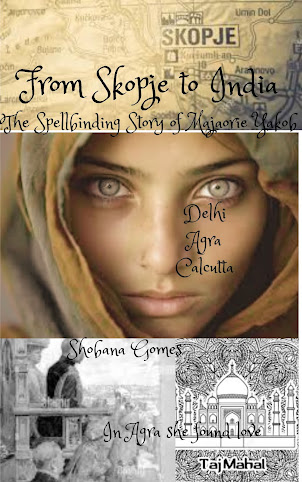An excerpt from "The Children of the Sun."
They built structures that blended with the natural world. Their adobe houses were uniquely constructed with stone and had thatched roofs. These thatched roofs were thickly constructed with ichu grass, a native Andean grass. The roofs sloped to effectively shed rain and provide insulation against the cold Andean climate. When it rained, the sound of the raindrops on the roof soothed and nourished senses. The adobe was durable enough to endure natural disasters, so the Incas slept peacefully, unconcerned that a storm could cause any harm.
I stared at my sister fondly. Martha possessed the rare beauty of the Inca women. Endowed with beautifully browned skin, an oval-shaped face, and lovely brown eyes, she was small in stature. Her eyes matched the colour of her skin. Her long, black hair fell to her waist, which she braided with coloured beads, just as the other Inca women did.
The Andean mountains in the distance adorned our nation.
This is my book cover. Do you like it?
My book is almost complete. And will be on Amazon in a day or two.
I hope you get to read about the intriguing ways of the Inca people.
I have incorporated factual accounts while writing this story.
Most of my stories are written that way, so it becomes a learning experience for me as well.
I looked up Google AI for the term used in writing fiction by incorporating non-fiction elements, and here's what came up:
The blending of fiction and non-fiction is often called faction.
This term is a portmanteau of "fact" and "fiction", referring to narratives that are based on real events, people, or historical periods but incorporate fictionalised elements, such as invented dialogue, characters, or scenarios, to enhance the storytelling.
It's important to distinguish "faction" from creative non-fiction. While creative non-fiction also uses literary techniques to tell true stories, it is generally held to a higher standard of factual accuracy. In creative non-fiction, the story, characters, and events are all true, but presented with a narrative flair. Faction, on the other hand, intentionally blurs the line, allowing for more imaginative embellishment on a factual basis.
Other related terms or concepts include:
Non-fiction novel: This term is often used interchangeably with "nonfiction" and gained prominence with works like Truman Capote's "In Cold Blood."
Historical fiction: While historical fiction is fiction set in the past, it often draws heavily on historical facts, but the primary focus is on the fictional narrative. Faction typically puts more emphasis on the factual underpinnings.
Docudrama: A term often used for film or television, it refers to dramatic presentations of real events.




No comments:
Post a Comment